 This article was originally written and published for Exponent Philanthropy. Read the original post here.
This article was originally written and published for Exponent Philanthropy. Read the original post here.
In my work as a philanthropic advisor, I come across philanthropy in all forms- from individual giving to institutional grantmaking and everything in between. It used to be that most of my clients engaged in their work from behind a wall of protection. Charity and grantmaking were held aside and in addition to other forces for good. However, over the past few years I’ve noticed philanthropy in all forms becoming less siloed and more interwoven with the world around it. Here are eight manifestations of this trend:
1. CEO branding. Foundation CEOs and high-net-worth donors, following in the footsteps of their corporate counterparts, are realizing the personal and professional value of developing their own “brands”-through blog posts, speeches, articles, and more. By using their voices more aggressively (and sometimes independently), they help support the reputations of the philanthropies they serve and incite meaningful conversation and debate within the field.
2. Use of advisors and coaches. Philanthropy used to be something largely driven by an individual donor or foundation founder’s own gut instincts and emotional connections, and guided only by their own perceptions and experiences. Philanthropic advisors were practically unheard of. Increasingly, however, philanthropists recognize that those with specific knowledge and experience in philanthropy, grantmaking, leadership, strategy, and operations can provide valuable insight and guidance to help funders make dramatic and rapid change.
3. Faster health conversions. Twenty years ago, when health conversion foundations first began to appear, their path toward effective philanthropy was gradual. New health conversion foundations usually moved slowly from a broad, “supporting our community” clinical health focus to more strategic efforts that addressed social determinants of health. (Part of this was because the field’s discussion of social determinants was also in its infancy.) Nowadays, I find new health conversion foundations eager to hit the ground running with well-thought-out, strategic approaches that engage communities quickly and deeply, and strive for impact.
4. More honesty and transparency among individual grantmakers. With the help of technology, individual philanthropists and foundation staff are opening up more than ever to their peers. In the past, conversations about challenges or failures were guarded and shared only among a trusted few. Philanthropists today are more comfortable admitting flaws and sharing challenges with colleagues they’ve never met, via listservs, social media, and other online connections.
5. Blurring of lines in member networks. As recently as five years ago, you could clearly define who was likely to be a member of any particular philanthropy membership network and who was not. Now, those lines are much more fuzzy as philanthropy serving organizations open themselves to broader ranges of members. Networks that once only accepted institutional members now welcome individuals. Organizations that narrowly defined their scope now encourage the membership of a broader range of participants. One example is the Forum of Regional Associations of Grantmakers (whose conference I will be speaking at this summer), which now welcomes all national or regional philanthropy serving organizations.
6. Crossover in investments. While tools like program-related investments and mission investments aren’t new, they continue to grow in use by both individual and institutional investors. Philanthropic individuals are beginning to make stronger connections between the funds they invest in private markets and those they invest in nonprofits. (This concept is covered more deeply in The ImpactAssets Guide to Investing, a forthcoming book from Anthem Press by Jed Emerson, for which I’ve authored a philanthropy chapter.)
7. New types of philanthropic entities. Donor advised funds continue to grow, but not necessarily at traditional community foundations. Organizations like Fidelity Charitable and American Endowment Foundation now are some of the largest donor advised fundholding organizations in the country. The Bill and Melinda Gates Foundation’s new public charity, Gates Philanthropy Partners, allows the public to make charitable donations in alignment with the foundation’s programmatic objectives. And other new forms of philanthropy seem to emerge every day, such as B Corporations and the Chan Zuckerberg LLC. As with investments, the lines between for-profit and charitable purposes are increasingly blurred in many new vehicles, which could signify either alignment of both or subordination of one, depending on your interpretation.
8. Equity. Of all the trends in this list, I truly hope that the growing philanthropic focus on equity is the one that outlasts all others. Conversations about inequity are at the forefront of field in a way that they’ve never been. More foundations are asking themselves the hard questions about the extent to which their grantmaking-and their internal practices-are contributing to or helping to dismantle longstanding institutional inequities in the field and in society writ large.
I believe that all these trends are working together, and feeding one another, in ways that will hopefully make them a lasting part of the philanthropic landscape. If that is the case, then in another decade or two, the field of philanthropy as a whole should become a much more valuable and valued part of our society.
____________________________________________________________________
Kris Putnam-Walkerly, MSW, has helped to transform the impact of top global philanthropies for over 18 years. She has been inducted into the Million Dollar Consultant Hall of Fame, one of only six consultants chosen in 2017. In 2016 she was named one of America’s Top 25 Philanthropy Speakers , and authored the book Confident Giving: Sage Advice for Funders,which was named one of “The 10 Best Corporate Social Responsibility Books.” She recently launched “CEO Springboard,” a new program to catapult the success of new foundation CEOs. For more ideas, tips and tools to improve your giving, visit Putnam Consulting Group to read an article, listen to a podcast, or check out a case study.
Challenge of the Week: Do you want to start incorporating one (or more) of these trends? Email me at kris@putnam-consulting.com and I’ll offer a few suggestions to get started!
“We wanted to motivate other funders to support nonprofit talent and leadership by sharing the incredible work in process of our grantee partners. Putnam immediately understood the complexity of the work and distilled it into a variety of tools that the foundation is using now to promote the early successes and build momentum and support within the field.”
~Rafael Lopez, Associate Director, Annie E. Casey Foundation






